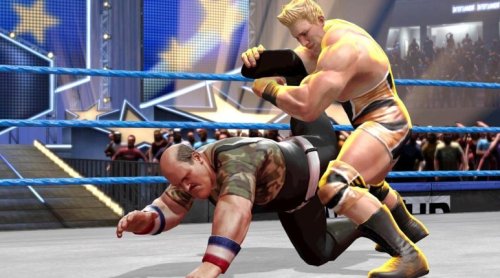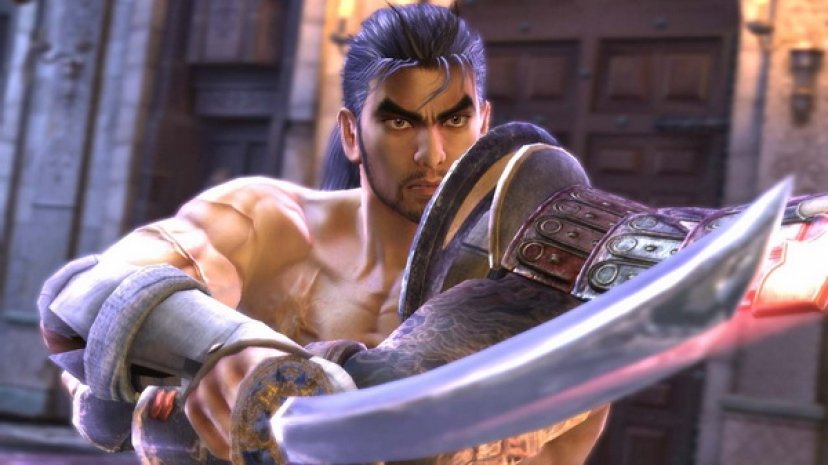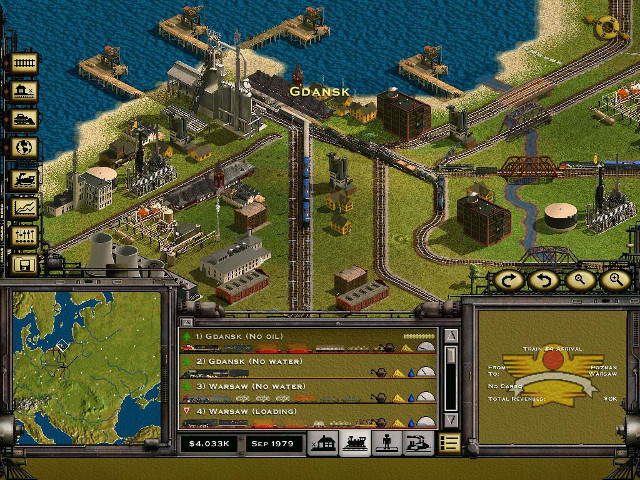

We ducked down, hiding inside a building being riddled with bullets. Taking the stealthiest path through the shanty town might have seemed like a good idea at the time, but once we were spotted it was only a matter of seconds before dozens of enemies had us surrounded. We hit the right shoulder button and turned on Active Camo, which let us sneak to the second floor of the building undetected. There, we saw a machinegun turret on an adjacent building. Switching to Active Armor, we ran toward the end of the rooftop and leapt off the side, deflecting bullets and landing without a scratch. We punched a hole in the wall of the building using our strength boost, activated our speed boost, and darted up the stairs. Once on the top floor we picked up a Korean soldier by his throat and threw him off the rooftop, then jump on and fired at enemies, turning the tide of battle in only a matter of seconds. And suddenly we were reminded why we loved Crysis so much when it released in 2007.
Crysis puts us in control of Nomad, a US soldier sent to an island to investigate a distress call. Also there are North Koreans, conspiracies, and aliens. Whatever, the plot isn’t important – it’s little more than an excuse to get us into a jungle wearing a Nanosuit. With the powerful suit we’re able to activate a number of passive and active abilities to give us full control of the battlefield. At any time we can hit a button to gain extra armor or turn temporarily invisible, which, when mixed with the game’s massive, open environments, allows us to approach a situation in many different ways. It feels like we’re playing as the son of The Predator and Batman at times, stealthily taking down foes using our unique skills and weapons. Terrorizing a frightened group of soldiers stranded in the middle of a large, lush jungle is absolutely blissful, and something that allows for more replay value than almost any other shooter.
The speed boost and strength modes from the PC version are still in the console release, but they’re automatic; sprinting will initiate a speed boost, and holding down the jump button will let us leap further while draining energy. The console release of Crysis controls essentially the same as the console versions of Crysis 2. It’s easier to manage than the full Nanosuit controls of the PC iteration, but lacks some of the freedom using a mouse and keyboard allowed.
Despite maintaining everything that made Crysis fun when it comes to shooting enemies in the face, the actual graphical fidelity of said faces is what made it popular. It was these graphics that, originally, kept Crysis off of consoles, with Crytek claiming that it wouldn’t be possible to make it work with a PS3 or Xbox 360. We’re not sure what changed in between then and now (besides the release of Crysis 2, which sold gangbusters), but whatever it was made Crytek decide it was time to find a way to make it work.
And they did… to a point. The game looks respectable when compared to some other games on consoles, but it’s a far cry from the PC version’s visuals. Texture pop-ins are prevalent, and there are often objects in the environment that look like they’re transforming in front of our eyes as we approach them. It’s still a fine looking game, but console gamers are definitely going to wonder what the big hullabaloo was when they heard their PC gamer friends talking about Crysis’s graphical prowess.
Crysis was a thesis for PC superiority in 2007. Even today, after the release of Killzone 3, Rage, and, well, Crysis 2, it’s still easily one of the best looking games ever made. The console release doesn’t maintain that victory, but it has always been much more than a pretty face. Crysis was, and still is, a brilliantly designed shooter that anyone who enjoys FPSes should play.
Oct 6, 2011




 Republique Remastered (PC) review
Republique Remastered (PC) review Soul Calibur: Lost Swords Characters Guide: How to Unlock
Soul Calibur: Lost Swords Characters Guide: How to Unlock Moshi Monsters Guide
Moshi Monsters Guide GTA V PS4/Xbox One Guide: How To Get Infinite Grenade Launchers, Make Easy Money, Full Health, Exotic/Super Cars & More
GTA V PS4/Xbox One Guide: How To Get Infinite Grenade Launchers, Make Easy Money, Full Health, Exotic/Super Cars & More 5 Great Railway Games for Locomotive Enthusiasts
5 Great Railway Games for Locomotive Enthusiasts